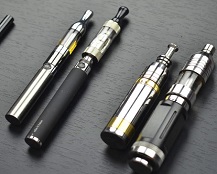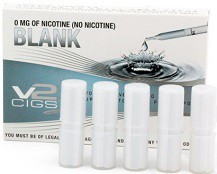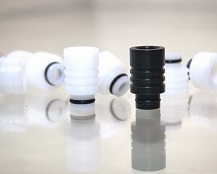Public vaping is a sensitive topic right now. Learn how to safely and respectfully vape e-cigs in public without disturbing people around you.
The atomizer is what turns your e-juice into delicious, inhalable vapor, but like everything else when it comes to vaping, there are tons of options on the market, and to a beginner, it can seem very overwhelming. Should you get a sub-ohm tank or a basic clearomizer? What are RBAs, RTAs and RDAs? Does it really make a difference what atomizer you use?
For a regular smoker, the concept of refillable electronic cigarettes is really attractive. They consist of a battery, a cartridge (atomizer) and a liquid containing nicotine. However, you need to know all about these devices before you actually use them.
With vaping, better performance generally comes with increased complexity, and nowhere is this more obvious than with rebuildable atomizers....
How do manufacturers determine the expiry date of an e-liquid? How can I tell if a juice is bad? And is it dangerous to consume expired e-liquid?
Nobody wants burned or blistered lips from vaping, and there are many options for things like heat-resistant drip tips to protect you against the risk.
If you’re new to the world of electronic cigarettes, navigating through the different options and arriving at the right product for you can seem like an overwhelming process. There are a plethora of options available and new e-cigs are surfacing onto the market each week, so there is a lot of competition. Looking through reviews is the best method of finding the right e-cigarette, but you’ll still need to know what to keep an eye out to get the right one for your specific needs. This guide will help you think about what you’re looking for in an electronic cigarette and make your choice.
Carry cases do more than look good. You need to know how to protect against the risk of short circuits if you want to carry your e-cig around safely.
Mod not producing vapor? There are many potential causes for this problem, but thankfully most of them are easy to address if you know what you're doing. Here are the main things you should consider.
Mixing your own e-liquids saves money, but opens you up to additional risks. Before you get into DIY mixing, make sure you’re well aware of the safety concerns.
No More Content










